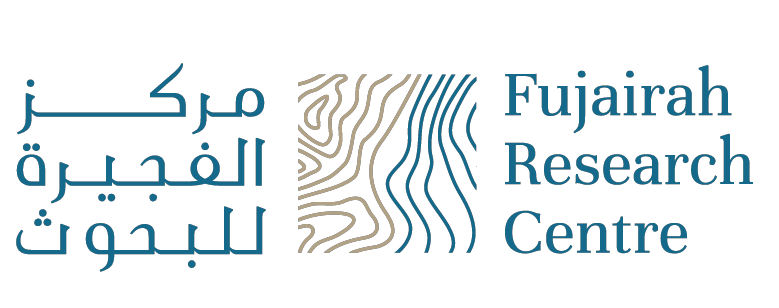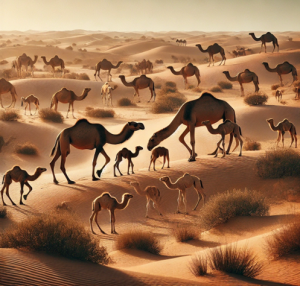
Significance of Camels in UAE: A Legacy of Resilience and Heritage
Author: Dr.Nabil Abdel Hamid Mansour
07-10-2024Camels have been an essential part of life in the Arabian Gulf for centuries, representing resilience, adaptability, and cultural heritage. Known as the "Ships of the Desert," camels were crucial for survival in one of the world’s harshest environments. Their ability to withstand extreme heat and endure long periods without water made them invaluable companions, providing transportation across the...
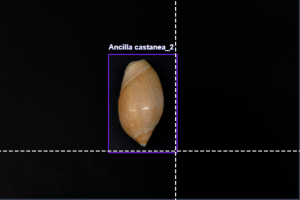
AI Identification of Seashells in Fujairah City
Author: Engr. Sabhah Ali Obaid Alhmoudi
04-10-2024Seashells play a key role in understanding marine ecosystems, but traditional identification methods are slow. Researchers in Fujairah are using AI to speed up and improve accuracy in seashells identification. Fujairah, located along the Gulf of Oman, is home to diverse marine life. Researchers collected over 135 seashells species to better understand this rich biodiversity. Manual identificatio...
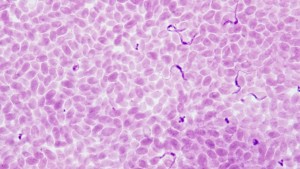
Trypanosoma evansi in Camels: Understanding the Threat of Surra
Author: Muhammed Namseed
03-10-2024Camel herding is an essential part of life for many communities, providing transportation, milk, Camel racing and meat. However, camels, like all livestock, are susceptible to a variety of diseases, one of the most significant being Trypanosoma evansi infection, also known as Surra. This parasitic disease poses a substantial threat to camel populations, especially in regions of Africa, Asia, and...
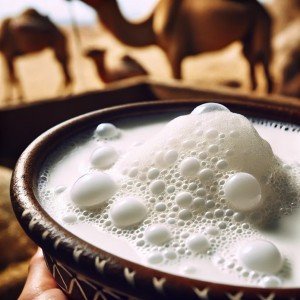
The Surprising Benefits of Camel Milk: A Superfood for Wellness
Author: Dr.Nabil Abdel Hamid Mansour
01-10-2024Camel milk, a staple in Middle Eastern and North African cultures for centuries, is now gaining global recognition for its impressive health benefits. Often dubbed a superfood, it offers a wide range of nutritional advantages that cater to various health needs.One of the standout features of camel milk is its rich nutrient profile. It is loaded with essential vitamins and minerals such as vitamin...

The Importance of Research Centres in Attending Technology Exhibitions: Insights from ARABLAB 2024
Author: Dr.Shaher Bano
25-09-2024Research centres play a pivotal role in the development and advancement of technologies that drive innovation in various industries. As hubs of intellectual curiosity, they serve as the breeding ground for new ideas, scientific inquiry, and technological breakthroughs. One of the most essential activities for any research institution aiming to stay ahead in their field is engaging with the broader...
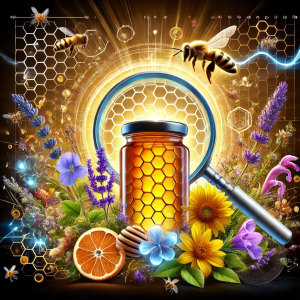
Unlocking the Secrets of UAE Honey: The Role of Local Flora in Quality, Flavor, and Sustainability
Author: Khawla Mohamed Alyammahi
23-09-2024The botanical origin of honey plays a vital role in determining its quality, flavor, and medicinal properties, and this is especially true when examining honey produced in the unique environmental conditions of the UAE. Honey is made from the nectar collected by bees from various flowering plants, and the specific floral sources influence not only the taste but also the nutritional and therapeutic...

Unveiling the Nutritional Goldmine: Acacia Species as Native Fodder for Arabian Tahr in Fujairah, UAE
Author: RiyaFathima
20-09-2024The United Arab Emirates, known for its harsh environmental conditions, harbors a unique array of flora and fauna. Among these, Acacia tortilis and Acacia ehrenbergiana are native plants that have adapted to thrive in the challenging climates of Fujairah. These plants have gained attention for their potential as fodder for the Arabian tahr, a native species whose dietary needs are critical for its...
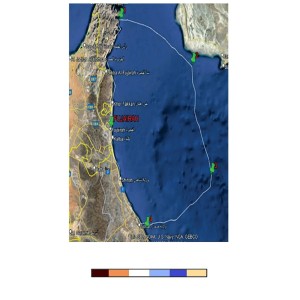
Evaluating and Categorizing Cloud Coverage Using K-Means Clustering on Sentinel-3 LST Data: A Case Study in Fujairah
Author: Dr.Shaher Bano
19-09-2024Clouds are fundamental to Earth's energy balance, climate, and weather patterns, acting as temperature regulators by either reflecting solar energy back into space or trapping thermal energy. Accurate assessment of cloud coverage is vital for weather forecasting and climate studies. Traditionally, cloud observation relied on subjective human perception, prone to inaccuracies. The advent of automat...

Revolutionizing Industrial Asset Monitoring: The Role of Robotic Dogs in Ensuring Infrastructure Integrity
Author: Dr.Carlos Gustavo Parrilla
18-09-2024In the rapidly evolving world of industrial automation, robotic dogs are poised to transform asset integrity monitoring, particularly in high-risk environments such as petrochemical plants and onshore oil rigs. These advanced machines, like those developed by Boston Dynamics, are revolutionizing the way industries maintain safety, efficiency, and infrastructure integrity. Equipped with cutting-edg...
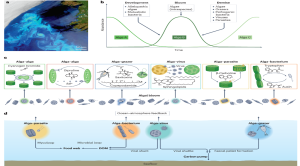
Evolutionary Role of Metacaspase Proteins in UAE Harmful Algal Blooms
Author: Dr.Shaher Bano
17-09-2024Harmful algal blooms (HABs) represent a significant environmental challenge, posing threats to marine ecosystems, human health, and local economies. These blooms, primarily caused by the rapid growth of certain algae species, result in the production of toxins that can lead to massive fish kills, contamination of seafood, and detrimental effects on water quality. In the United Arab Emirates (UAE),...
